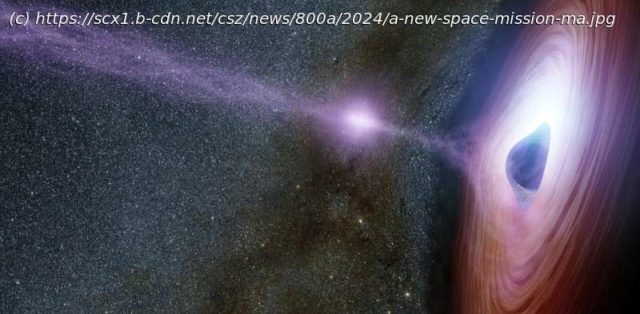Physicists consider black holes one of the most mysterious objects that exist. Ironically, they’re also considered one of the simplest. For years, physicists like me have been looking to prove that black holes are more complex than they seem. And a newly approved European space mission called LISA will help us with this hunt.
Physicists consider black holes one of the most mysterious objects that exist. Ironically, they’re also considered one of the simplest. For years, physicists like me have been looking to prove that black holes are more complex than they seem. And a newly approved European space mission called LISA will help us with this hunt.
Research from the 1970s suggests that you can comprehensively describe a black hole using only three physical attributes—their mass, charge and spin. All the other properties of these massive dying stars, like their detailed composition, density and temperature profiles, disappear as they transform into a black hole. That is how simple they are.
The idea that black holes have only three attributes is called the « no-hair » theorem, implying that they don’t have any « hairy » details that make them complicated.
For decades, researchers in the astrophysics community have exploited loopholes or work-arounds within the no-hair theorem’s assumptions to come up with potential hairy black hole scenarios. A hairy black hole has a physical property that scientists can measure—in principle—that’s beyond its mass, charge or spin. This property has to be a permanent part of its structure.
About a decade ago, Stefanos Aretakis, a physicist currently at the University of Toronto, showed mathematically that a black hole containing the maximum charge it could hold—called an extremal charged black hole—would develop « hair » at its horizon. A black hole’s horizon is the boundary where anything that crosses it, even light, can’t escape.
Home
United States
USA — IT A new space mission may help physicists answer 'hairy' questions about black...






